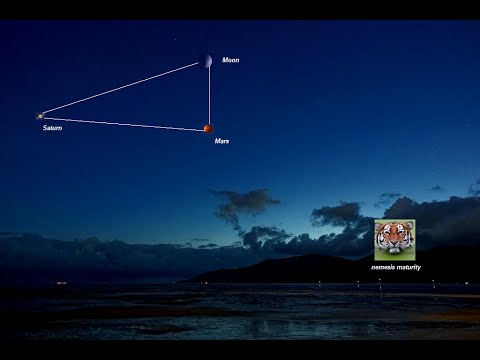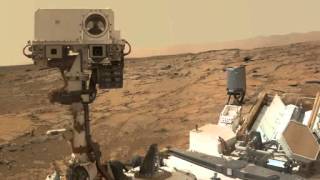Mercury 101 | National Geographic
– The planetMercury is named afterthe messenger of the Roman gods,because even the ancients could seehow swift and fleeting it is in the sky. But it wasn’t untilrecently that scientistsbegan unraveling Mercury’s many mysteries. Mercury is the smallestplanet in our solar system. It’s diameter currentlymeasures just over 3,000 miles,about the size of thecontinental United States. Like Earth, Mercury isa terrestrial planetwith three main layers, acore, a mantle, and a crust. Only Mercury’s crusthas no tectonic plates. Also, its iron core isenormous by comparison,making up 85% of its radius,while Earth’s inner and outer coreaccount for just 55%. Because of the core’s exceptional size,it’s had a surprising influenceon Mercury’s overall size,by causing it to shrink. The hot iron core hasslowly cooled and contractedover the planet’s 4. 5 billion years. In doing so, it pulledMercury’s surface inward,and has caused theplanet to shrink radiallyby more than four miles. This shrinking planet is alsothe planet closest to the sun,orbiting our solarsystem’s star at an averagedistance of roughly 36 million miles. Such proximity affectsMercury’s atmosphere,or rather, the lack of one. It only has a very thin exosphere,which is traditionally the outermost layerof a planet’s atmosphere. This exosphere is made of oxygen, sodium,hydrogen, helium, and potassium,all whipped up from the planet’s surfaceby solar winds. The lack of atmosphere andclose proximity to the sunalso makes Mercury a planet of extremes. The surface temperature can climbto 800 degrees Fahrenheitduring the daytime,and fall to 290 degreesbelow zero at night. Mercury’s proximity tothe sun is also the reasonbehind it’s ago old reputationof being swift and fleeting. The sun’s gravity pulls harder on Mercurythan any other planet,and like all planets,Mercury travels in an elliptical orbit,slowing down when it’sfather away from the sun,and accelerating as it draws closer. Clocking in at an average speedof over 100,000 miles per hour,Mercury slings aroundthe sun in just 88 days. From Earth, Mercury isdifficult to observebecause it’s fleetingand so close to the sun. And so far, it’s only beenvisited by two spacecraft,NASA’s Mariner 10 and Messenger. Those missions gave usmuch of what we know today,but future ventures are in the workswith high hopes of revealingmore of Mercury’s secrets.













